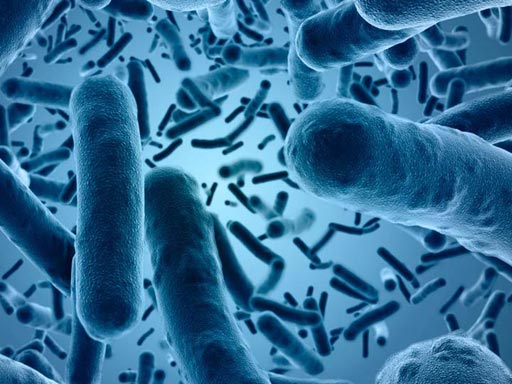Panel of Gut Bacteria Diagnostic for Colorectal Cancer
By LabMedica International staff writers
Posted on 01 May 2017
Reanalysis and standardization of data from several published studies has enabled a team of molecular microbiologists to identify a panel of gut microflora that is more prevalent in the stools of patients with colorectal cancer than it is in the stools of normal individuals.Posted on 01 May 2017
Colorectal cancer (CRC) is the second leading cause of cancer-associated mortality in the USA, and investigators at Baylor College of Medicine and their colleagues at the biotech firm Second Genome Inc. theorized that the fecal microbiome might provide non-invasive biomarkers of CRC.

Image: Researchers reanalyzed raw bacterial DNA sequence data from several studies and confirmed previously reported types of bacteria associated with colorectal cancer and identified other bacteria not previously associated with the disease (Photo courtesy of Baylor College of Medicine).
To confirm this theory, the investigators reanalyzed raw bacterial DNA sequence data from several published studies that encompassed a total of 509 samples (79 colorectal adenoma, 195 CRC, and 235 controls). Differential abundance, meta-analysis random effects regression, and machine learning analyses were carried out to determine the consistency and diagnostic capabilities of potential microbial biomarkers.
Results revealed that definitive taxa, including Parvimonas micra ATCC 33270, Streptococcus anginosus and yet-to-be-cultured members of Proteobacteria, were frequently and significantly increased in stools from patients with CRC compared with controls across studies and had high discriminatory capacity in diagnostic classification.
"This is a promising first step to develop a noninvasive test that might be used in the detection of colorectal cancer, supplementing colonoscopy or fecal occult blood tests," said senior author Dr. Emily Hollister, assistant professor of pathology at Baylor College of Medicine.
"This was an incredibly large, complex multinational study," said contributing author Todd DeSantis, co-founder and vice president of informatics at Second Genome Inc. "We saw many differences between medical centers in the way each collected and stored stool samples and in the methods used to process the bacterial DNA in stools. These differences can be problematic for identifying the bacterial strains that proliferate in cancer patients, but our Second Genome KnowlegeBase Team, led by contributing author Dr. Thomas Weinmaier, found ways to enhance our software platform to address these differences along the way. The findings that emerged from this challenging data set helped validate our platform, and in the process we were able to deliver high-quality insights to advance our collaboration with Dr. Hollister."
The study was published in the March 24, 2017, online edition of the journal Gut.













